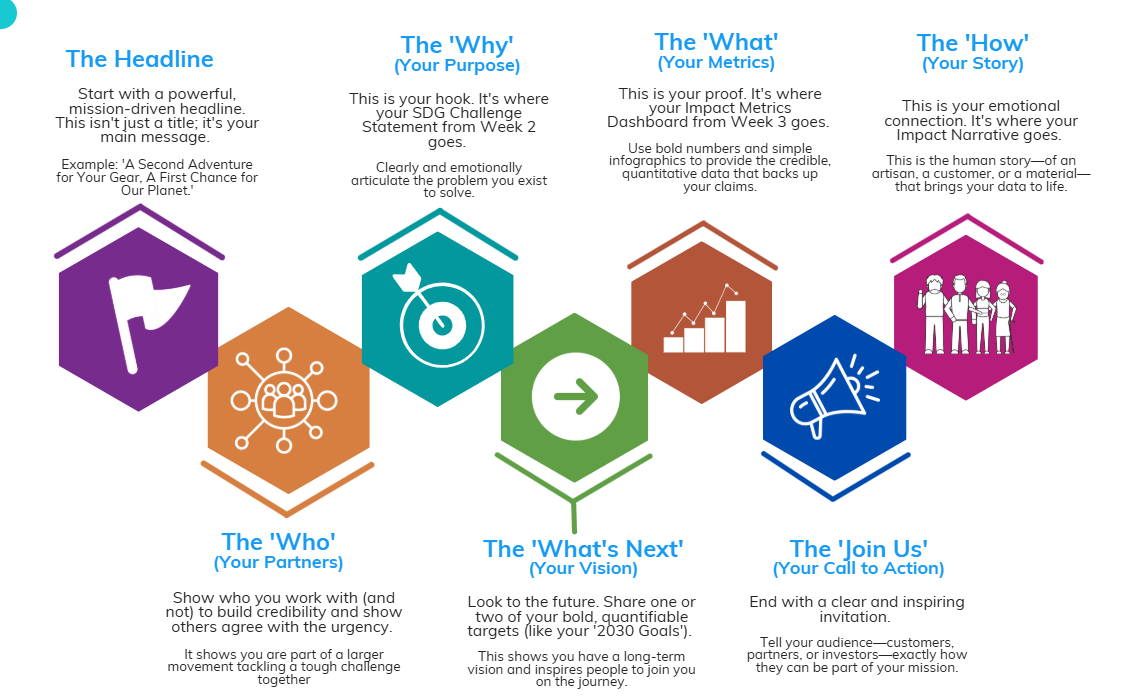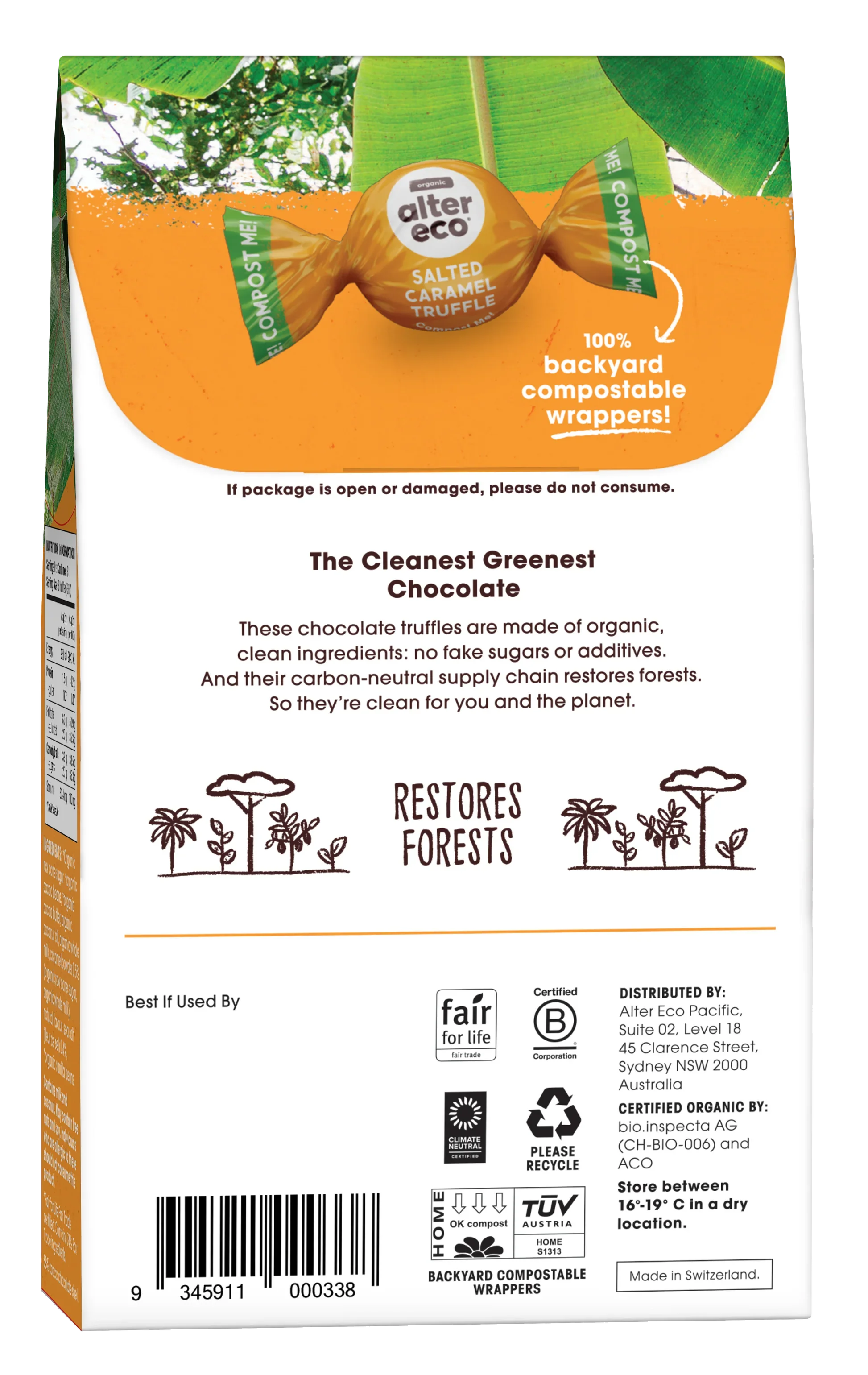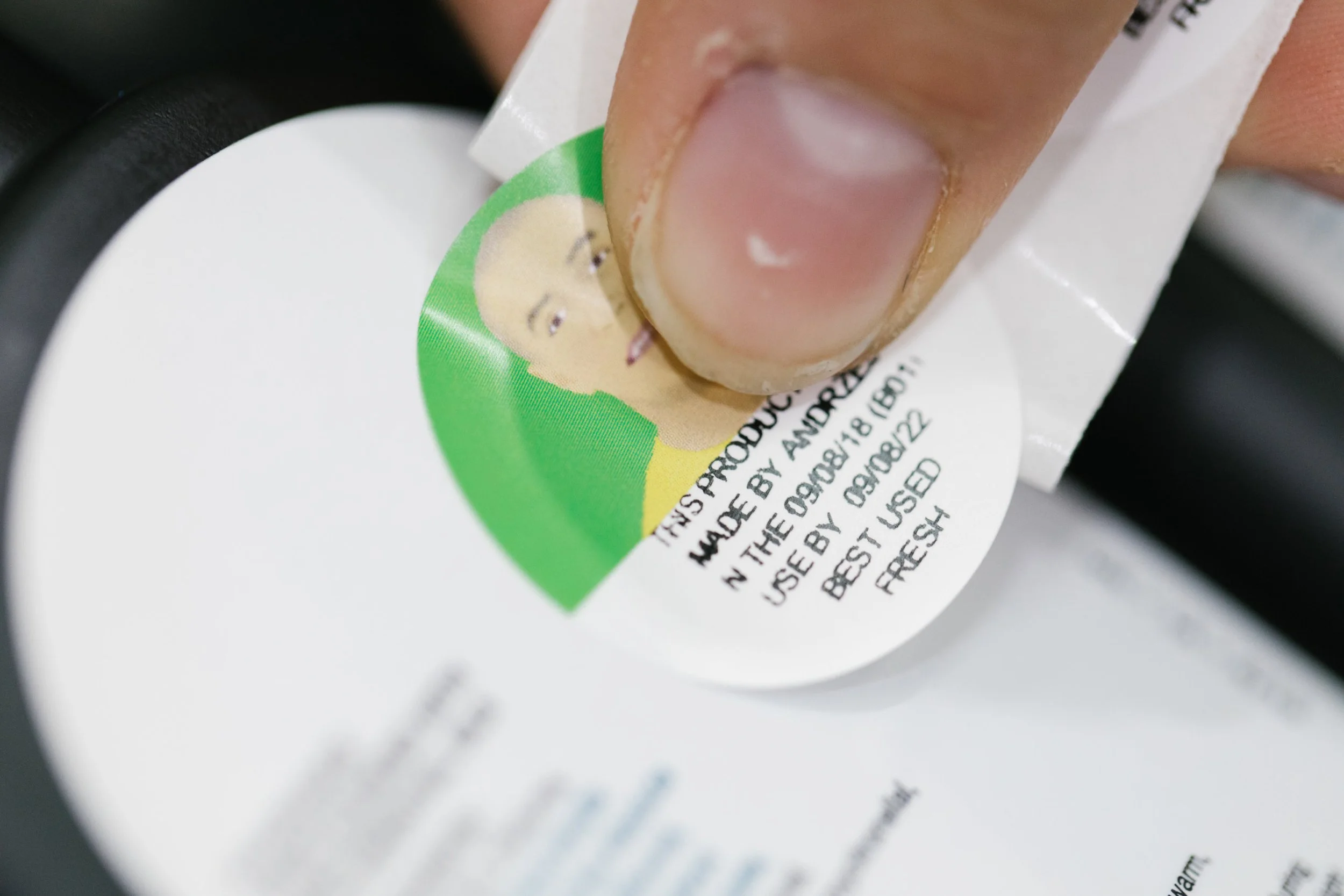SDG Impact Reporting:
Module 4: Impact Storytelling
From Purpose to Proof: Crafting Your Impact Story.
Module Description
Welcome to Week 4! This is where all your hard work from the previous weeks comes together. You have already defined your purpose, identified your key metrics, and started to craft your narrative. Now, it's time to assemble these pieces into a powerful, shareable asset that will become a cornerstone of your communications. This week, we will focus on the art and science of Impact Storytelling.
What You’ll Learn
After completing this module, you will be able to:
Understand the seven essential elements of a compelling impact story.
Apply key design principles to make your impact data engaging and memorable.
Tailor your core impact narrative for different channels, including your website, social media, and B2B proposals.
Assemble the components from previous weeks into a first draft of your Impact Brief.
This Week’s Assignment
It's time to put it all together!
Your Task: Work on the first draft of your Impact Brief. This can be a simple one-page document or a mock-up of a webpage. The Goal: Don't worry about perfection. The goal is to get the core pieces from the 7 Elements of Storytelling onto the page.
What’s next? Next week we’ll learn how to set up a system to embed impact storytelling into your business operations.
E-Learning Course
Essential reading for Week 4 - From Purpose to Proof: Crafting Your Impact Story
Lesson 1: 7 Elements of a Powerful Impact Story
A compelling impact story is more than just a collection of facts; it's a structured narrative that connects with your audience on both an emotional and a rational level.
Here are seven essential elements to include in your impact brief or on your website's impact page. You may not need them all, but try to build up as many elements as possible to tell a complete and compelling story of your impact.
Lesson 2: Design for Impact - 4 Key Principles
How your story looks is just as important as what it says. Good design makes your message more credible, engaging, and memorable.
Principle 1: Use High Quality Photos
A powerful image is worth a thousand words. Use your best product photography or a compelling photo of your team or community.
Look at how Nisolo uses beautiful, clean imagery on their impact page to create a premium, trustworthy feel.
Principle 3: Keep Text Concise
Use short sentences and bullet points. Your audience is busy. Make your story as easy to scan as possible.
If you can say it in 10 words instead of 30, do it. Check out the example to the right. Do you find it more compelling and memorable?
Lesson 3: Tailoring Your Story for Different Channels
Your Assignment this Week
Your Task: Work on the first draft of your Impact Brief. This can be a simple one-page document or a mock-up of a webpage. The Goal: Don't worry about perfection. The goal is to get the core pieces from the 7 Elements of Storytelling onto the page.
What’s next? Next week we’ll learn how to set up a system to embed impact storytelling into your business operations.
Your core impact story can be adapted for different audiences and platforms. Here’s how to think about tailoring your message.
1.Website & Blog (Your Impact Hub)
This is your home base for your full impact story. Create a dedicated "Sustainability" or "Our Impact" page. This is where you can house your full report, your metrics dashboard, and detailed stories.
Allbirds, a shoe brand, prominently features a link to download their Impact Report on their website. They call it “Flight Status,” playing with the “bird” in their brand name and emphasizing their perspective on sustainability is guided by “forward-looking” goals to making big change, rather than a backwards summary of small achievements.
Their motto is “Striving for better is in our nature”, playing with the environmental side of their business.
They follow this with a tagline “We set out to create an entirely new category of shoes inspired by natural materials, guided by an ethos to create better things in a better way. We’ve made a lot of progress, but we’re just getting started.”
Their reporting keeps consistent on two themes: “Better Things - Our Materials” and “Better Ways - Our Sustainability. The Sustainability page features a visual presentation of the lifespan of their materials, from sourcing, manufacturing, transportation, product use and end-of-life, showing a full understanding of their impact opportunities.
Importantly, they talk about “key wins” but also “key challenges” to show that there is more to be done, and invite others to join.
2. Social Media (The Conversation Starter)
Use social media to share bite-sized pieces of your impact story. Pull out one powerful statistic for an Instagram post, share a short video of a supplier on YouTube, or use a compelling meme to call out an industry-wide issue.
The goal is to start a conversation.
Patagonia’s: The Activity and Storyteller
Their famous "Don't Buy This Jacket" campaign was a provocative call against consumerism. Their YouTube and Instagram channels are filled with high-quality short films and documentaries about environmental conservation, featuring the activists and communities they support. This is a powerful way to tell a human story linked to their mission.
Tony's Chocolonely: The Meme-Maker with a Mission
Tony's entire brand is built on making a complex issue (modern slavery in cocoa) accessible. They frequently use popular meme formats to contrast the reality of cocoa farming with the ignorance of "Big Choco." This makes a heavy topic shareable and engaging for a younger audience.
Lush Cosmetics: The Transparent Recycler
Short "How-To" Videos: They create engaging videos and tutorials on Instagram and YouTube showing customers exactly how their "Bring It Back" pot recycling program works. They show the journey of a pot from the customer's bathroom, back to the store, and to the facility where it's remolded. This demystifies the recycling process and encourages participation.
Supplier Stories: They often feature their "Lush Buyers" on trips to meet the farmers and communities who produce their raw ingredients, sharing short video clips and stories that create a direct link between the final product and the people in their supply chain.
3. Product Tags & Packaging (The Detailed Story)
Use your packaging to tell a mini-story. A QR code linking to your impact page, a key certification logo, or a simple statement about the material (e.g., "Made from 100% recycled materials", “Sewn by [insert artisan name]) can connect your mission to the physical product.
Dr. Bronner's: A classic example of radical transparency.
Dr. Bronner's uses its iconic soap bottle labels as a canvas to share its "All-One!" philosophy and company principles. The packaging is dense with text, turning the product itself into a manifesto on fair trade, regenerative organic agriculture, and social justice. It's instantly recognizable and tells a comprehensive story of the brand's ethical commitments.
Alter Eco: Wrappers as mini impact reports
Alter Eco features key certifications like Fair Trade and Organic, and include a bold icon stating "100% backyard compostable wrappers!" This turns the packaging itself into tangible proof of their circular mission.
Lush Cosmetics: The Human Connection
Lush’s products are “made by hand, fresh, every day…”. To back up this claim, their products feature a sticker with a cartoon face, the name of the person who made that specific batch, and the date it was made.
Principle 2: Make your Numbers BIG
Don't bury your best metrics in a paragraph. Pull them out, make the font size large, and give them space to breathe.
Your most powerful number should be one of the first things people see. Check our how Warby Parker shows BIG numbers with smaller text.
Anchal, an “artisan-crafted textile” non-profit social enterprise sets out their Impact Story through multiple pages focused on three themes: Ethical Practices, Sustainability Process, Social Impact. The entry point is their “Our Story” page where the motto is “We believe that design can change lives.”
The “Social Impact” page is a powerhouse example, featuring stories of artisans and how their lives have changed with impact metrics.
On “Ethical Practices” they describe their process of engaging artisans in India in detail, and link their actions to helping “break the cycle of poverty and exploitation”. Each item is “Artisan Signed” in local languages to create a direction connection to each consumer.
On “Sustainable Processes”, the narrative focuses first on the traditional craft techniques that are inspired by “India’s rich vernacular architecture, heritage and artwork.” They then focus on “sustainable materials and method”, not just on sourcing but also the use of non-toxic dyes and zero waste in the production process.
Principle 4: Keep Consistent Colors & Themes
Repetition builds memorable experiences.
Check out the example of Everlane, who created 10 visual icons related to their focus impact areas (organic cotton, cleaner cotton, renewed materials, reduced water usage, cleaner chemistry, cleaner leather, bio-based “leather”, animal welfare, responsible forestry, ever-better factory). They place these icons across their website and communications to embed impact into their messaging.
Lesson 4: The B2B Angle - Speaking the Language of Your Business Customers
When your customer is another business, your impact story becomes a crucial part of their own sustainability goals. Frame your work to show how you help them succeed.
Emphasize ESG-Aligned Metrics
Prioritize data points that align with corporate sustainability goals. Your B2B customers are often tracking their own ESG (Environmental, Social, and Governance) performance.
Examples: GHG emissions avoided, waste diversion rates, local job creation, water saved.
Use Professional Language
FABSCRAP Partner Portal
A non-profit that provides textile recycling services to fashion brands. Their B2B value proposition is crystal clear, providing tangible benefits that help their business customers meet their own sustainability goals. A "Partnership Benefits" section for them would look like this:
Verifiable Impact Data for Your ESG Reporting: Receive a detailed annual impact report quantifying your textile diversion in lbs, CO₂ emissions saved, and equivalent trees planted.
Meet Your Zero-Waste Goals: Our convenient and transparent service provides a credible solution to help you achieve your landfill diversion targets.
Enhance Your Brand Story: Partnering with a non-profit dedicated to solving the textile waste crisis provides a powerful sustainability story for your customers and stakeholders.
Frame your work in terms that resonate with a corporate audience. Show that you understand their challenges and can provide credible solutions.
Examples: "supply chain resilience," "circular solutions," and "verifiable impact data."
Add a "Partnership Benefits" Section
Clearly and briefly list how working with you helps your business customer. Make the value proposition explicit.
Examples: "Helps you meet LEED certification requirements," or "Provides a powerful story and verifiable data for your own ESG report."























